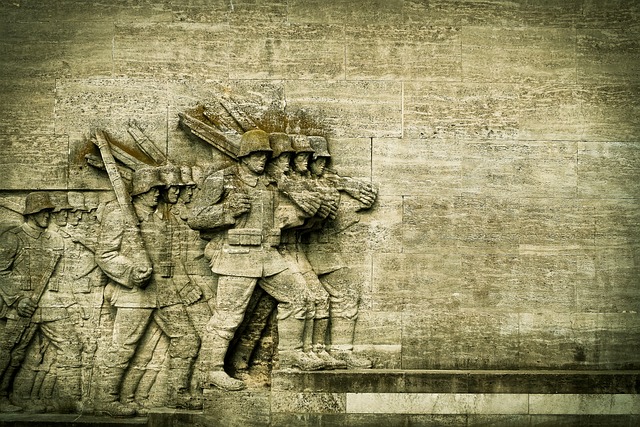Conscription, or the mandatory enlistment of individuals into military service, played a crucial role during the Second World War. As the war erupted on September 1, 1939, countries around the world were forced to implement conscription measures in order to build their armies and ensure the defense of their nations. From the need to expand military forces to the social and economic impact on society, the history of conscription during the Second World War sheds light on the challenges and sacrifices made by individuals and countries.
The outbreak of the war in Europe led to an urgent demand for soldiers. As countries prepared for the increasingly violent conflict, they turned to conscription to bolster their armies. This process varied across nations, with some implementing universal conscription, while others focused on selective drafts based on age or gender. In Britain, for example, conscription was introduced in 1939, targeting unmarried men aged 20 to 21. However, as the war escalated, the government extended the age range to include men up to 51 years old. Similarly, in the United States, conscription was reintroduced in 1940 through the Selective Training and Service Act, with men aged 21 to 36 being eligible for the draft. This age range was later expanded to include men up to 45 years old. During the course of the war, millions of individuals were conscripted into the armed forces, dramatically increasing the size and strength of these nations’ militaries.
The impact of conscription went beyond military readiness. Society and the economy experienced significant changes as a result. The conscription of millions of men meant that there was a shortage of labor in various industries, particularly those traditionally dominated by young male workers. As a result, women were called upon to fill the vacancies left by the drafted men. This opened up new opportunities for women who had previously been limited to domestic or low-skilled work. Women entered factories, offices, and other sectors, assuming roles previously occupied by men. This shift in the workforce not only helped to meet the labor demands of the war effort but also paved the way for greater gender equality and women’s empowerment in post-war society.
Conscription also created social challenges as families were separated and communities were disrupted. Sons, husbands, and brothers were sent off to fight, leaving their loved ones uncertain about their fate. The war became a collective experience of sacrifice and loss as families anxiously awaited news from the front lines. Mothers, wives, and sisters took on new responsibilities and faced the challenges of managing households, working, and raising children alone. The emotional toll of separation and the constant threat of loss weighed heavily on individuals and communities. However, conscription also fostered a sense of national unity, as people from all walks of life came together in support of the war effort.
In conclusion, conscription played a vital role during the Second World War as nations sought to build and strengthen their armed forces. The process of conscription varied across countries, but its impact was universal. The expanded military forces ensured that countries had the manpower required to fight the war. However, conscription also had far-reaching effects on society and the economy. Women entered the workforce in larger numbers, contributing to the war effort and laying the foundations for greater gender equality in the post-war era. Families and communities faced the challenges of separation and loss as their loved ones went off to fight. While conscription had its hardships, it also fostered a sense of national unity and collective sacrifice. The history of conscription during the Second World War reflects the resilience and determination of individuals and nations in the face of a global conflict.
